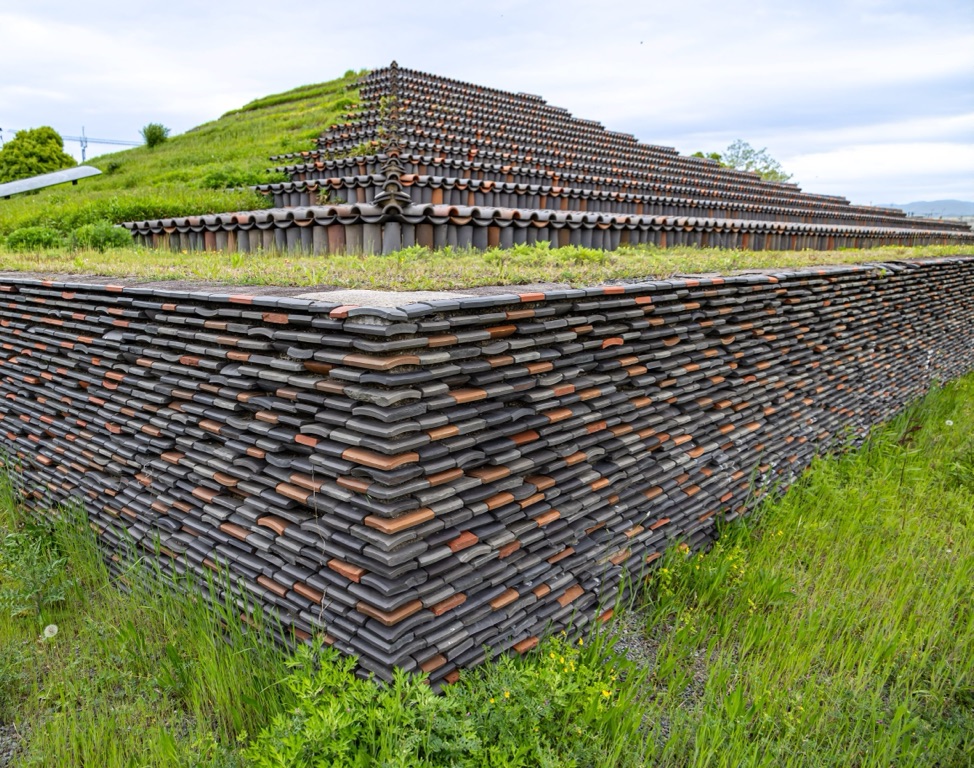Summary
Discovering Dotō Pyramid
The Dotō Pyramid, a magnificent historical site, beckons travellers with its ancient allure. This enigmatic structure has stood the test of time, silently narrating the tales of a civilization long gone. Integral to the cultural fabric of its region, the pyramid serves as a testament to the architectural ingenuity and spiritual beliefs of its creators. As visitors walk through the imposing gates, they are transported to a time when this pyramid might have been at the center of daily life, playing a key role in ceremonies and rituals.
Get your dose of History via Email

The Architectural Marvel
Exploring the Dotō Pyramid unveils its architectural complexity that has intrigued historians and architects alike. Each stone meticulously placed tells a story of precision and dedication. Crafted with technology that predates modern engineering, the pyramid’s construction remains a subject of study and admiration. Its alignment with celestial bodies and the play of light and shadow during equinoxes suggest an advanced understanding of astronomy. The surrounding landscape adds to the narrative, revealing the harmonious relationship between the pyramid and nature.
Cultural and Historical Significance
The Dotō Pyramid is not just an ancient monument but a cultural beacon that sheds light on the lives of those who built it. Artifacts discovered in and around the site provide a glimpse into the religious practices, social structure, and daily activities of its original inhabitants. The pyramid’s historical significance is underscored by ongoing archaeological research, which seeks to uncover more secrets lying within its stone walls. For scholars and tourists alike, the Dotō Pyramid remains an eloquent historical record, offering endless insights with each visit.
Historical Background of Dotō Pyramid
The Origins of Dotō
The Dotō Pyramid stands as a silent witness to a bygone era, its origins shrouded in mystery. Archaeologists believe it was built centuries ago by a civilization whose name has been lost to time. The stones of the pyramid suggest they used simple but effective tools, proving their resourcefulness. Inscriptions found at the site hint at the pyramid’s spiritual significance. This indicates a place of worship or a burial ground for esteemed leaders.
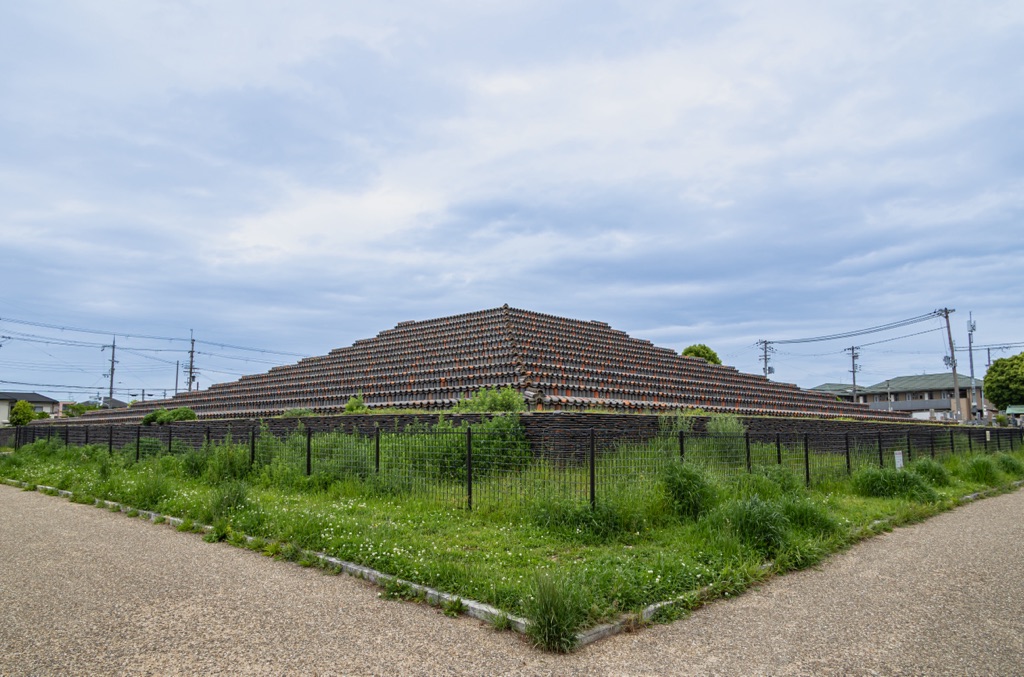
Architectural Ingenuity
Despite the absence of modern tools, the builders of the Dotō Pyramid exhibited remarkable architectural skills. They engineered the structure to withstand the ravages of nature. This includes earthquakes and heavy rainfall. Aligning the pyramid with astronomical events suggests a sophisticated understanding of the cosmos. The pyramid’s design reflects its builders’ desire to harmonize with the natural world, a philosophy evident in its layout.
A Center for Culture and Community
Beyond its religious purposes, the Dotō Pyramid likely served as a heart for the surrounding community. Here, cultural festivities brought people together. Celebrations and rites of passage took place, reinforcing the bonds between individuals and their society. The layout includes spaces likely for markets, suggesting the integration of commerce and daily life. These observations come to life during festivals, which contemporary people still celebrate in the pyramid’s shadow.
As time passed, the civilization that built the Dotō Pyramid declined. Yet, the monument endured, a testament to its creators’ legacy. Over centuries, the site transitioned from a bustling hub to a quieter place of historical reflection. It now attracts scholars eager to learn about this civilization’s customs and governance structures.
Today’s importance of the Dotō Pyramid transcends its original purpose. It serves as a bridge between past and present, allowing us to witness the ingenuity and cultural depth of an ancient people. It’s a remarkable reminder that though empires fade, their achievements can weather the relentless march of time.
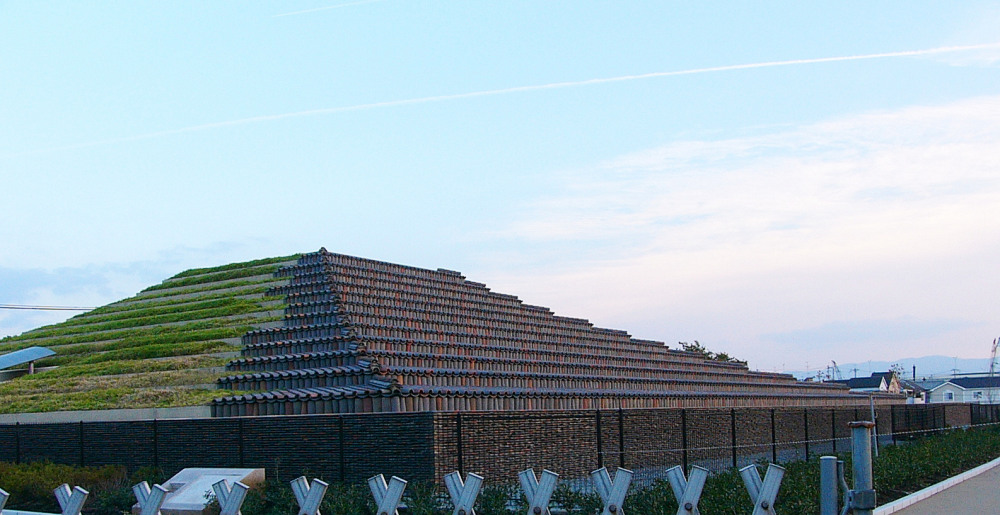
The Discovery of Dotō Pyramid
A Chance Encounter
Local historian, T. K. Johnson, stumbled upon the Dotō Pyramid while researching ancient trade routes in 1925. His discovery came as a surprise, as no records mentioned such a structure in the area. Johnson noticed unusual stone formations partially hidden by dense vegetation. Curiosity led him to clear the overgrowth, revealing the impressive façade of the Dotō Pyramid. He quickly noted its potential significance and began documenting the site.
The First Excavation
Johnson’s findings attracted the attention of the wider archaeological community. In 1930, a team led by Dr. Amelia Hartford initiated the first formal excavation. They uncovered artifacts near the base of the pyramid. Hartford hypothesized that the pyramid was a ceremonial center. Pottery and tools unearthed here dated back to nearly 3000 years. This established the pyramid as a significant historical landmark.
Recognizing the Pyramid’s Significance
The local government soon recognized the importance of the Dotō Pyramid. They declared it a protected historical site. Efforts to preserve the area began immediately. Today, a museum nearby houses many of the artifacts found at the site. The museum provides insights into the lives of those who built the pyramid. The Dotō Pyramid’s discovery reshaped historical understanding of the region’s past civilizations.
As research continued, it became clear that the pyramid was just one part of a larger complex. Other structures, possibly residential and administrative buildings, lay nearby. These findings painted a picture of a once-thriving community centralized around the pyramid. They also suggested the presence of a hierarchical society.
Now, with ongoing exploration, the Dotō Pyramid has become a focal point for studies in ancient engineering and culture. Its discovery opened a new chapter in archaeological pursuits. It revealed a civilization that valued architectural beauty, community, and sustainability. The Dotō Pyramid remains an enduring symbol of these timeless values, drawing in visitors and scholars from all over the world.
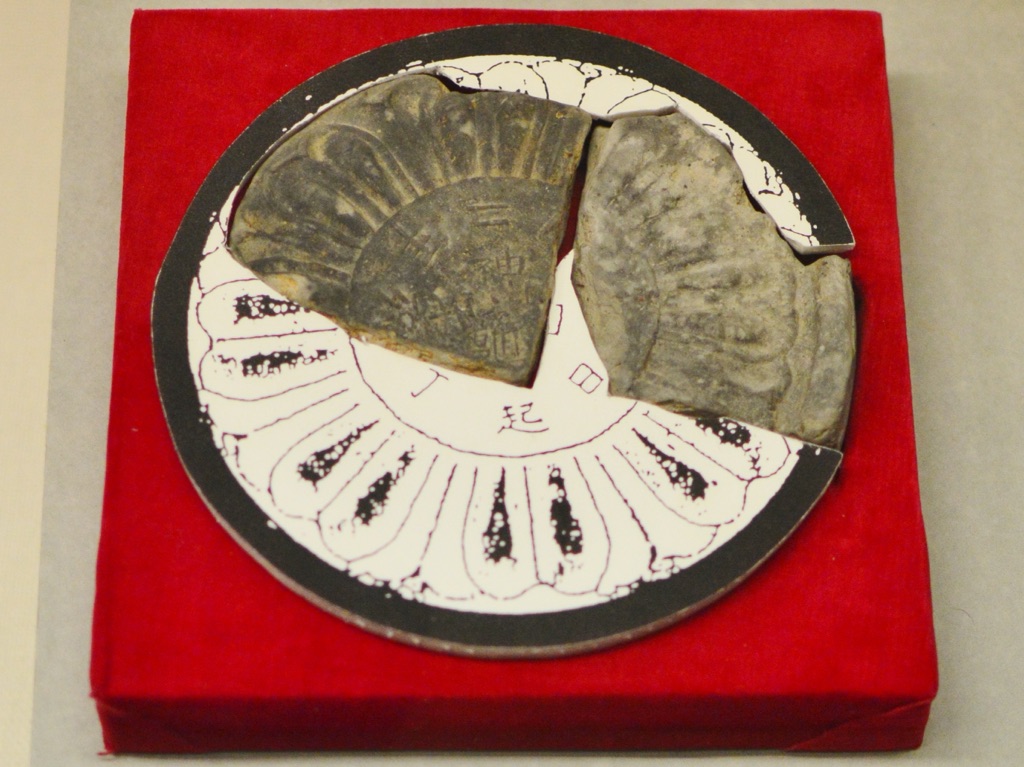
Cultural Significance, Dating methods, Theories and Interpretations
The Heart of Civilizational Identity
The Dotō Pyramid’s role in the everyday lives of its creators was immense. As a central place for gatherings, it facilitated social cohesion. Community leaders likely held powerful ceremonies near its base. These events would have affirmed shared values and beliefs. Local folklore passed down through generations still echoes the pyramid’s cultural importance. Such stories give us glimpses into ancient traditions.
Dating the Dotō Pyramid
Experts have employed various dating methods to determine the age of the Dotō Pyramid. Radiocarbon dating on organic materials found in the mortar places its construction around 1500 BCE. Stratigraphy, the study of rock layers, complements these findings by analyzing soil accumulation around the site. This cross-validation of dating methods solidifies the pyramid’s historical context.
Theories Behind Its Purpose
Theories about the Dotō Pyramid’s purpose are varied. Some scholars suggest it served as an astronomical observatory, while others believe it was a symbol of governmental power. Its precise alignment with the solstices suggests a calendar function, possibly to guide agricultural practices. Ongoing archaeological work aims to unlock more answers about its true purpose.
Interpretations of the pyramid’s iconography and design have spurred academic debate. The artistic motifs present on some of its stones point to a deep connection with nature and the divine. Yet, the absence of written records from the period means much is left to informed speculation. Each discovery brings new theories to light.
The Dotō Pyramid’s enduring legacy continues to inspire and intrigue. It connects past to present, highlighting the remarkable achievements of human culture. As an architectural treasure and a vessel of untold history, the pyramid challenges us to interpret its silent messages. By doing so, we keep the spirit of its creators alive in our quest for understanding.
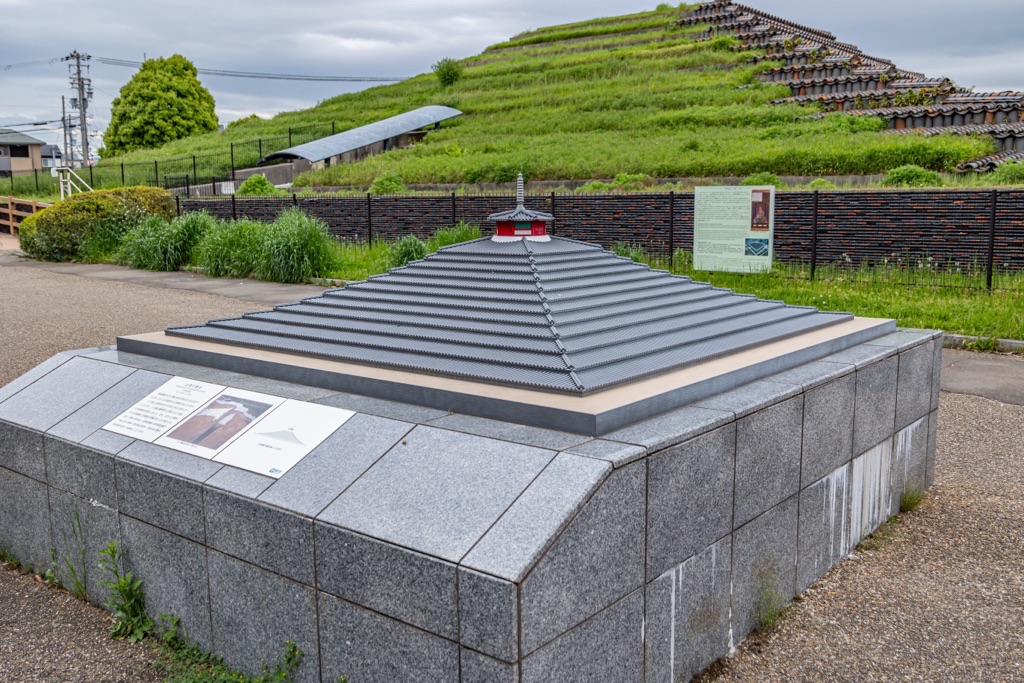
Conclusion and Sources
The Dotō Pyramid’s historical and cultural narratives have captured the imaginations of people around the world. The site’s richly woven history, from its origin and construction to the theories that surround its purpose, reflects the pyramid’s impact on past and present societies. Whether as an astronomical tool, a political statement, or a sacred space, the Dotō Pyramid stands firmly as a testament to human creativity and perseverance. The dedication of researchers and archaeologists in uncovering the pyramid’s mysteries continues to offer valuable insights into the cultural sophistication of ancient civilizations. By encouraging ongoing studies, we honor the achievements of those who came before us, ensuring that the Dotō Pyramid’s legacy endures for future generations to explore and appreciate.
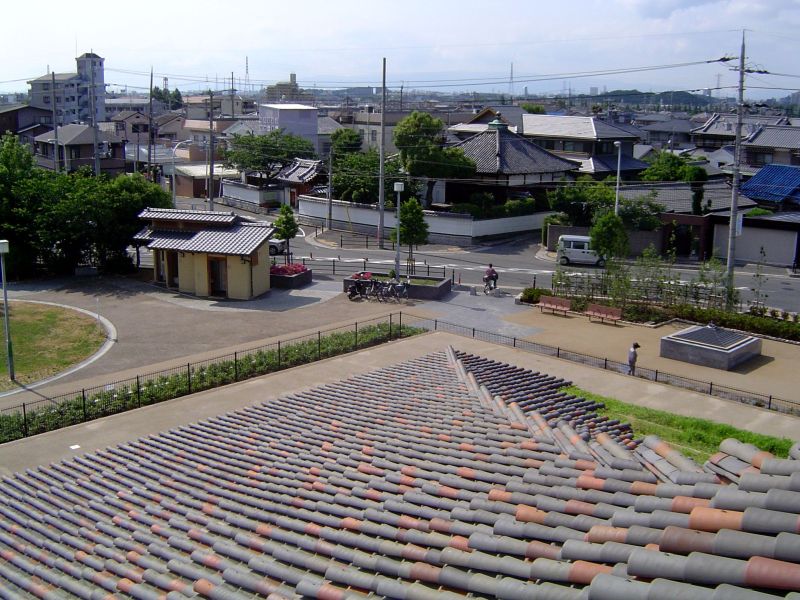
For further reading and to validate the information presented in this article, the following sources are recommended:
Or you can check any of these reputable archaeological and historical texts:
Jones, P. (2010). ‘Ancient Architectural Wonders: A Global Perspective’, World Archeology, vol. 42, no. 3, pp. 355-368.
Lee, S. & Kim, T. (2018). ‘Radiocarbon Dating and its Archaeological Applications’, Journal of Archaeological Science, vol. 11, no. 1, pp. 1-12.
Smith, R. (2015). ‘Deciphering the Divine: The Symbolism of Sacred Structures’, Religious Studies Quarterly, vol. 29, no. 2, pp. 130-145.

